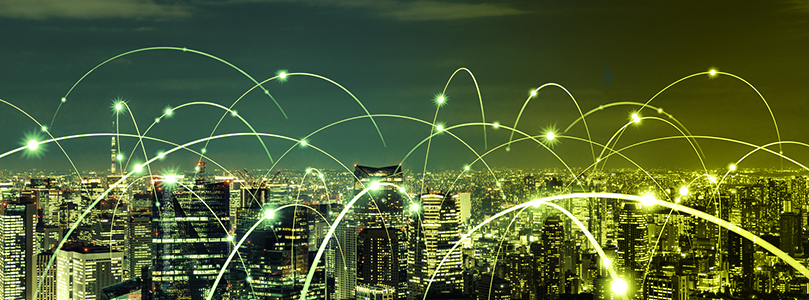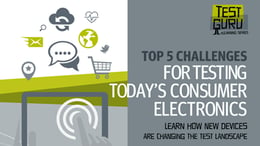How do 5G and DOCSIS work together in Industry 4.0?

Connectivity is defined as the ability to connect and communicate with another computer or computer system. With minicomputers and processors being embedded into just about everything, there are very few things that can’t be connected. And it’s happening now! Smart kitchens, smart apartment complexes, smart cities. There will be no limitations. A major driver in making this a reality is the 5G mobile network. This is the 5th generation of the global wireless standard and it is designed to work faster with total reliability. As of June 2020, 5G is available in 38 countries and continues to grow today.
While we are only at the beginning of the 5G revolution, we are already accustomed to its convenience. Slowing things down now is not an option…the sound of a dial-up modem shall never be heard again. So what’s next?
How Does 5G Affect Me?
The technology delivers higher multi-Gigabytes data speeds with super low latency to avoid lag and massive uniform network capacity. The true power and value of 5G is the enormous amount of data that can be transferred between a device and the cloud. This is what allows us to stream hours of video uninterrupted on wireless devices, completely immerse ourselves in flawless virtual or augmented reality or check a security system from thousands of miles away.
With the benefits of an improved mobile network comes the new hardware. As we move forward, our devices come with us. There are many new 5G cellular phones available now and several carriers that support it, but the hardware upgrade is required to benefit from the advantages.
Living in an IoT World
Plowing through the 4th Industrial Revolution can put a lot of pressure on a single technology. Luckily, that’s not how it works. 5G refers specifically to the mobile technology mobile operators offer. Meanwhile, there are other means of acquiring high-speed connections, namely, cable. Both technologies are major contributors to getting the world a whole lot smarter and complement each other nicely.
The cable industry is the main communications provider for North America and Europe. 92% of homes in the US and over 50% of homes in Europe are connected via cable. As a result, this existing massive infrastructure can easily enable new wireless services and manage the extreme traffic caused by the huge amounts of data being transferred by millions of devices. Today, cable operators still transfer the largest amount of wireless data traffic over Wi-Fi using their vast broadband network. A user’s wireless experience is heavily dependent on a strong cable network as we move toward 5G. Therefore, wired and mobile broadband networks will continue to cross paths to provide seamless connectivity in a thoroughly connected world.
Broadband networks communicate via Data Over Cable Service Interface Specification or DOCSIS. This is an international standard that allows high-bandwidth data to transfer over an existing cable. As with mobile technology, DOCSIS has evolved over time. Today, operators all over the world are in the process of rolling out DOCSIS 3.1. This latest iteration enables cable operators to completely support 5G by providing mobile wireless backhaul services effectively. This connectivity creates the ideal environment for Industry 4.0 and IoT to thrive. With both protocols supporting each other, we are that much closer to shattering any limits global connectivity may face.
To speak with someone regarding improving communications testing, please contact Averna.
Looking for better results?
We may have already solved the problem. Read about the 5 most common test challenges facing consumer device manufacturers.
Get in touch with our experts or navigate through our resource center.
